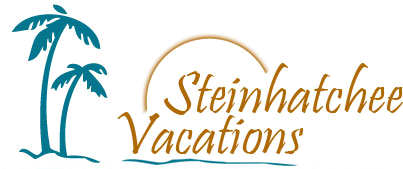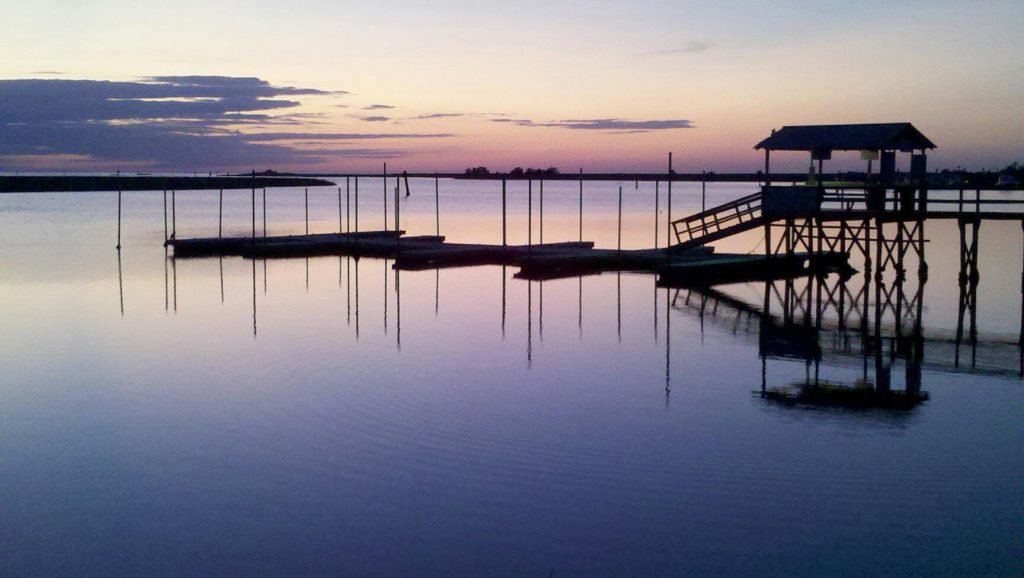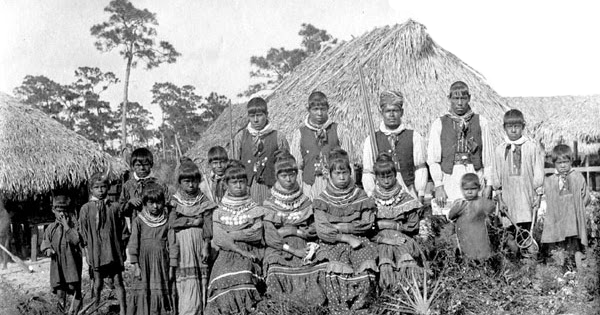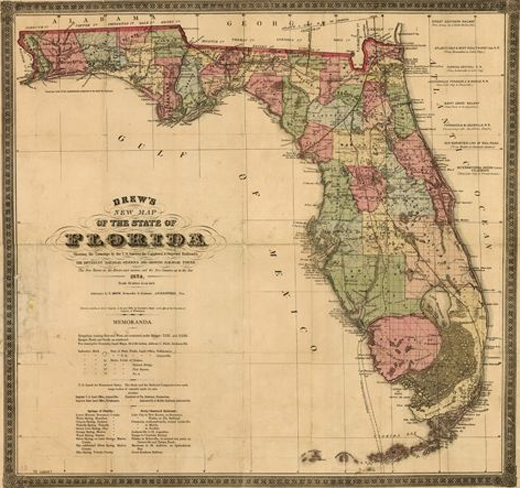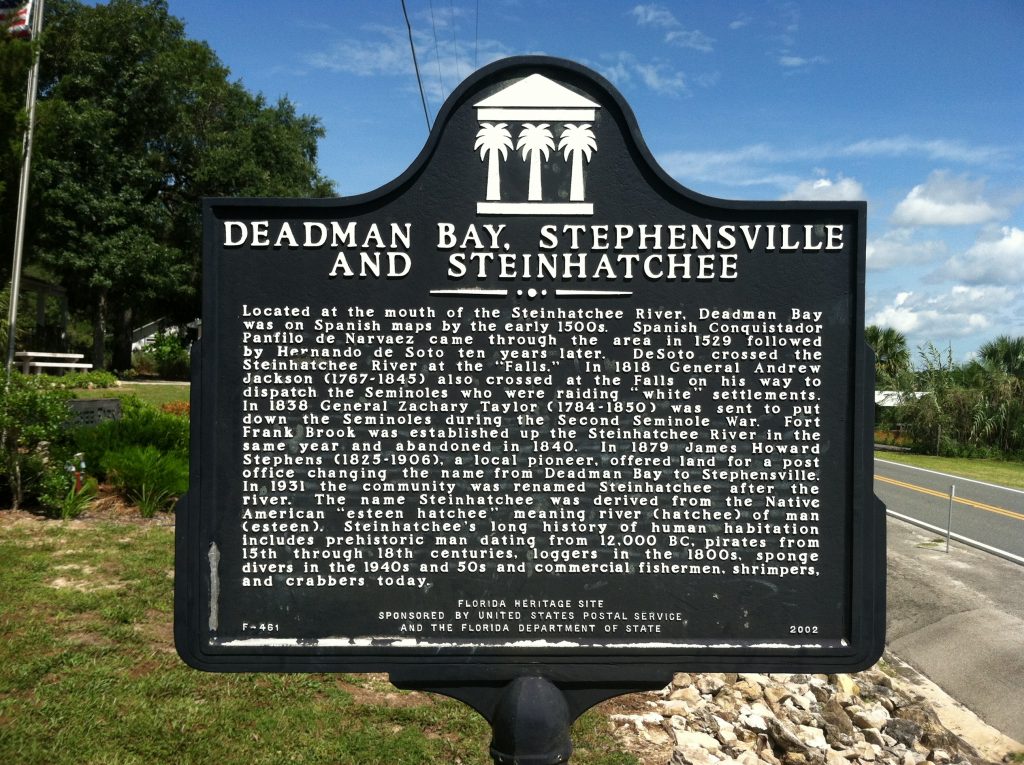Steinhatchee Florida
The small coastal towns of Jena and Steinhatchee (“Steen-hat-chee”) are located at the mouth of the the Steinhatchee River to the Gulf of Mexico.
This area is referred to as Florida’s Big Bend and Florida’s Natures Coast. The River begins with fresh water and becomes “brackish” towards the mouth to the Gulf.
We have excellent inshore and offshore fishing, but we are known as the “Scallop Capital of the World.” To most folks, this area of Florida is considered undiscovered and miles away from the hustle and bustle of many other parts of the Sunshine State.
Things to do in Steinhatchee
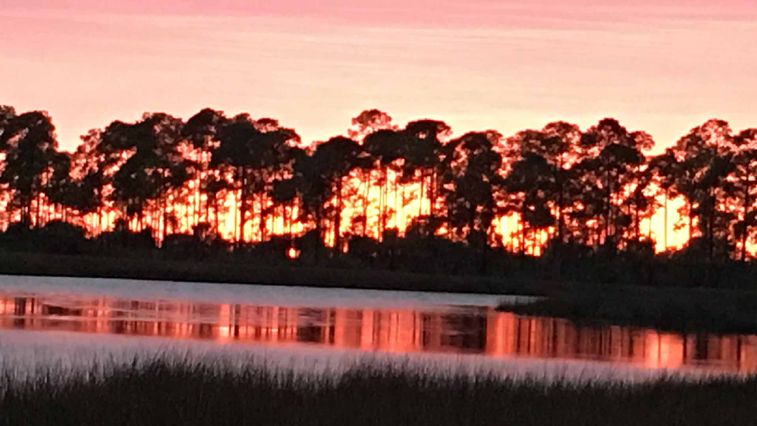
Horse back riding the back woods!
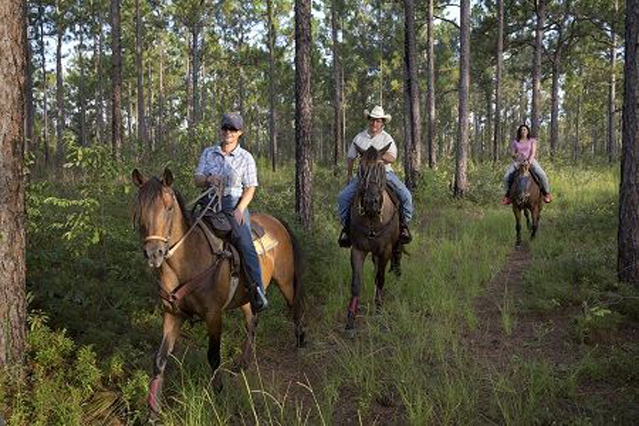
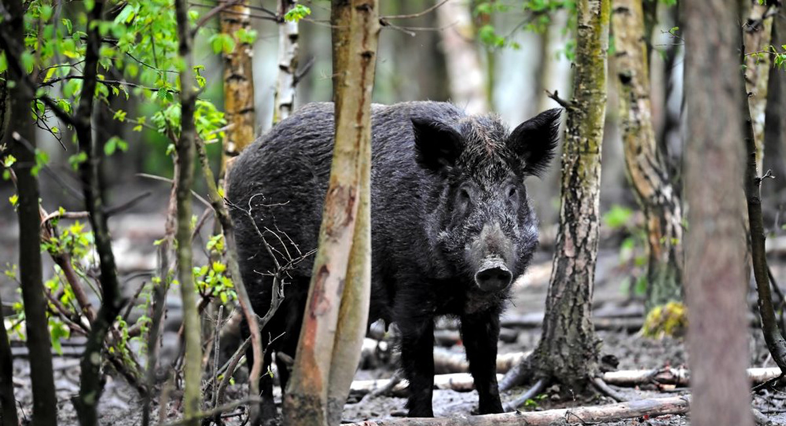
1000’s of acres of state forested lands for those of you who love to hunt
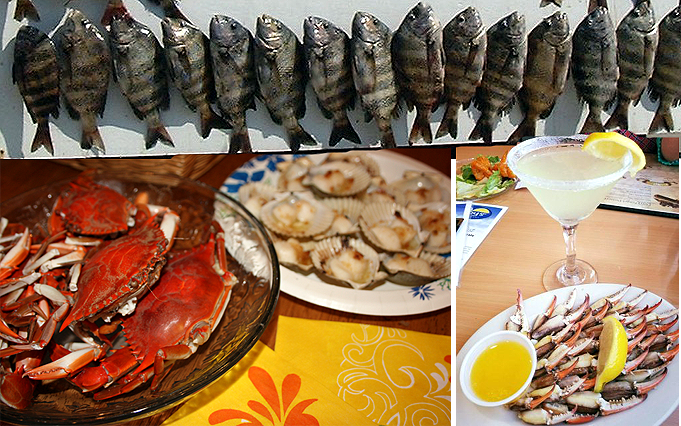
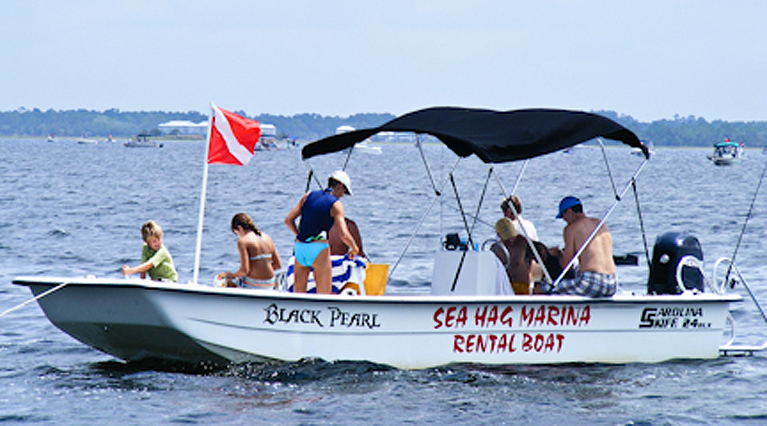
Charter a Fishing trip with one of our Captains!
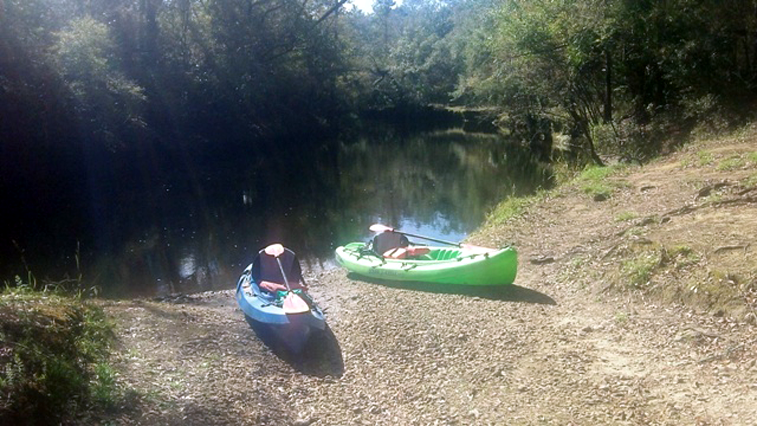
Kayak or canoe the upper river
Catch a mess of scallops and fish all in one day in the summer
Snorkel for scallops & Fish for sheep head on one of our local reefs
Steinhatchee History
The English were also exploring and here again no major development was undertaken. In the 1780’s the Spanish government encouraged migration into Florida through land grants.
The Seminoles gradually established a foothold in Florida — and with it a hostile environment which brought the eventual confrontation with the United States.
General Andrew Jackson was sent to dispatch the Seminoles for raids they were making into Georgia. Jackson was reported to have crossed the Steinhatchee River at the Falls, a beautiful spot on the river still available for picnicking and swimming.
Settlers, primarily of Scottish, English, and Irish ancestry, began coming to Florida in great numbers.
Of course, this meant more confrontation with the Indians, and in 1838, General Zachary Taylor was sent to put an end to the Indian uprising. Taylor’s troops came into the Steinhatchee area (then known as Istenhatchee) during his battles with the Seminoles.
Some of our area’s landmarks are named after famous Seminole Indians, Chief Billy Bowlegs. Chief Bowlegs made a name as a cow rustler, and was later caught and jailed.
Bowlegs Point is located south of Steinhatchee on the Gulf of Mexico and is used as a point of reference to this day. One of our back woods roads that connects Hwy 361 (or known by locals as The Road To Know Where) to Horseshoe, is named Bowlegs Main Line
Taylor County was named after General Taylor who later became President of the United States, following in the footsteps of that other famous general who came to quell the Seminoles –President Andrew Jackson.
In 1845, Florida became the 27th state in the Union. Taylor County’s first census, was taken in 1860, and stood at 1,384. The next census showed only 99 more residents of this pioneer land.
On the other side of the river, the community of Jena was named after Jena Chewning, the beautiful sister of George Chewning, who named the post office on the south side of the river after her.
The Jena Post Office later combined with the Stephensville Post Office, and both sides are now served by the Steinhatchee Post Office. There were only a few settlers with small farms who had their gardens and raised a few hogs, also know as “pineywoods rooter.
The primary livelihood, however, was from fishing. People from surrounding communities would come to Jena and Steinhatchee by horse and wagon after the crops were in and set up camp. They brought meal, grist, syrup, and their garden produce to swap for fish.
The locals would split mullet, put them in barrels, and cover them with brine, which preserved them for many months. The community began to grow as some of these traders chose to stay.
As local children got older, they married and stated raising families of their own.
One of our earlier pioneers in the Steinhatchee area was James Howard Stephens (1825-1906).
He came for the purpose of procuring cedar and cypress along the coastal swamps, was cut and dragged by teams of oxen to the Gulf or streams leading to the open water, which was then sent by rafts to Cedar Key.
As the area gradually came to be more densely settled, a post office was established under the name of “Dead Man’s Bay.”
(Rumor is that “Dead Man’s Bay” or Deadman’s Bay,” came from an incident when Indians found several white men floating in the river around the 1500’s.) Mr. Stephens, not liking the Post Office’s choice of names, offered land for the site of a new post office, if the name could be changed to Stephensville – and it was.
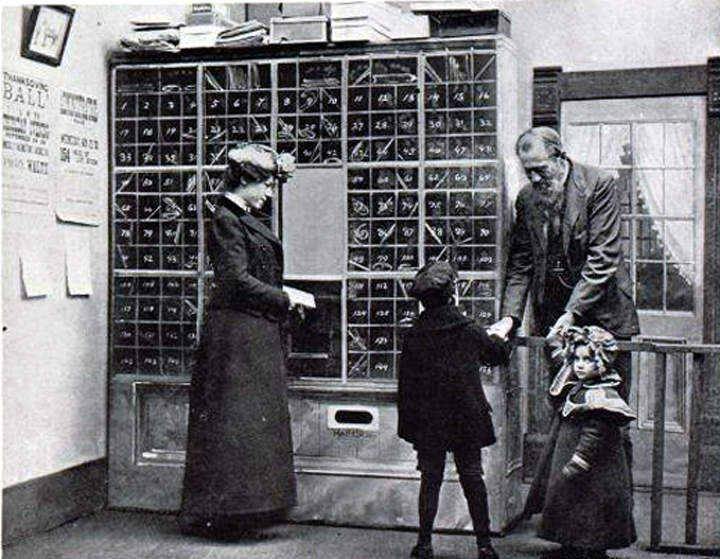
Through a number of misspellings ranging from Istenhachee to Stinhatchee, Esteinhatchee, the community took the name of the River in 1931. Steinhatchee, derived from the Indian name Esteen Hatchee, means “river Man”. The mouth of the river is still listed on maps as Deadman Bay.
Canoes and flat boats were the first means of transportation across the river. A ferry was used up until 1948 when a one lane swing bridge that had been removed from Scott’s Ferry, near Blountstown, was installed. This bridge served until 1983 when the present concrete bridge was constructed. Electricity came to Steinhatchee in 1945, telephone service was established in 1948.
Today Steinhatchee and Jena offers many marina’s and fishing camps, motels, restaurants, fishing guides, boat rentals for fishing trips, canoe/kayak for paddling the river and creeks, and hunt camps but still maintains the small town atmosphere.
The Steinhatchee/Jena area has always been a fishing and hunting paradise. Fishing is really great in our area. The long flats with sea grass hold many species anglers love to fight along with scallops, stone and blue crabs.
Snorkeling for scallops is from July – Mid Sept, a great family sport for all ages. Wildlife from alligators, turkeys, hogs, panthers to black bear, deer and eagles with many species of birds may be seen if one chooses to explore our back roads. With thousands of acres of state managed lands all around us, you can surely find a road to meander down.
You can hike and bike all of our managment lands roads, most you can drive and some you can ATV. Most of our roads will give you a glimpse of our pristine forest and you may find a road that gives you a spectacular sunset over the marsh or creek.
Many artists find our little peace of heaven an artist paradise and with tender care, it will be for years to come.
